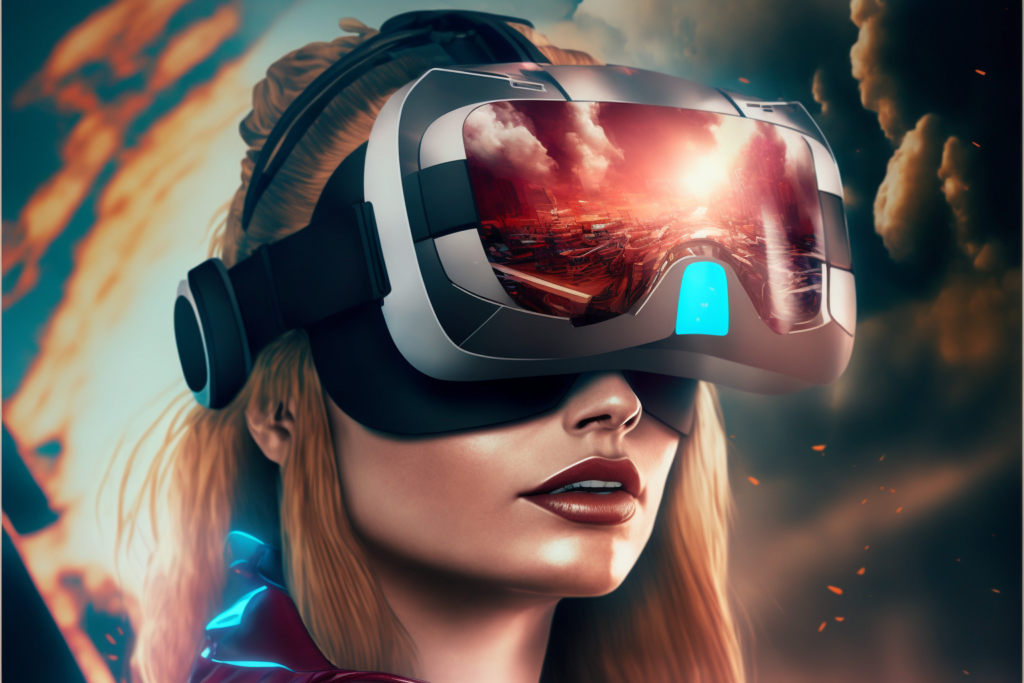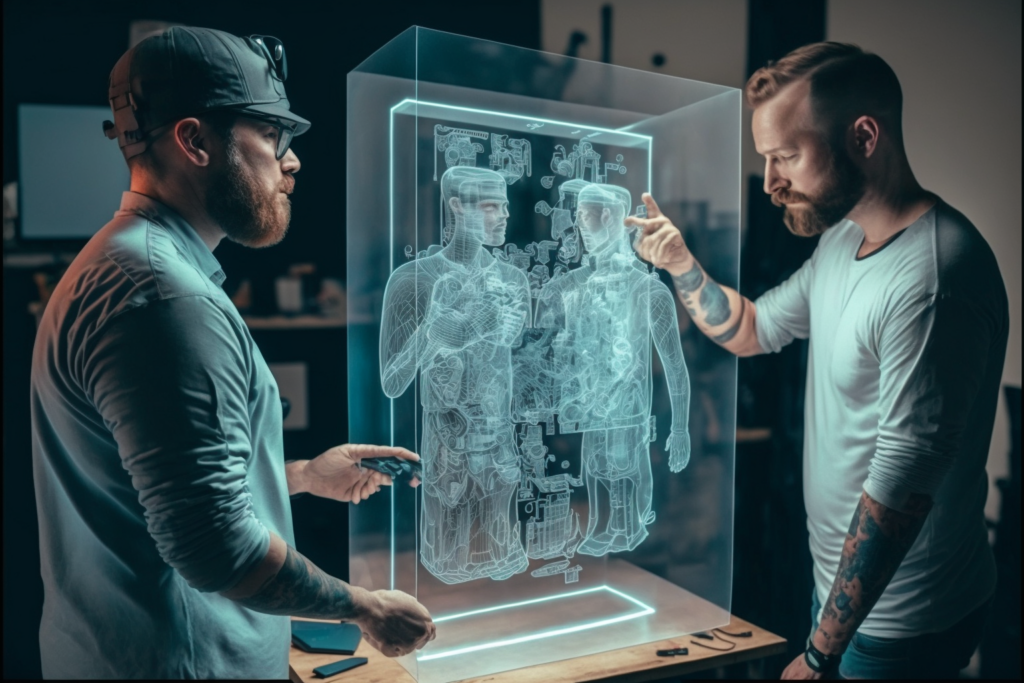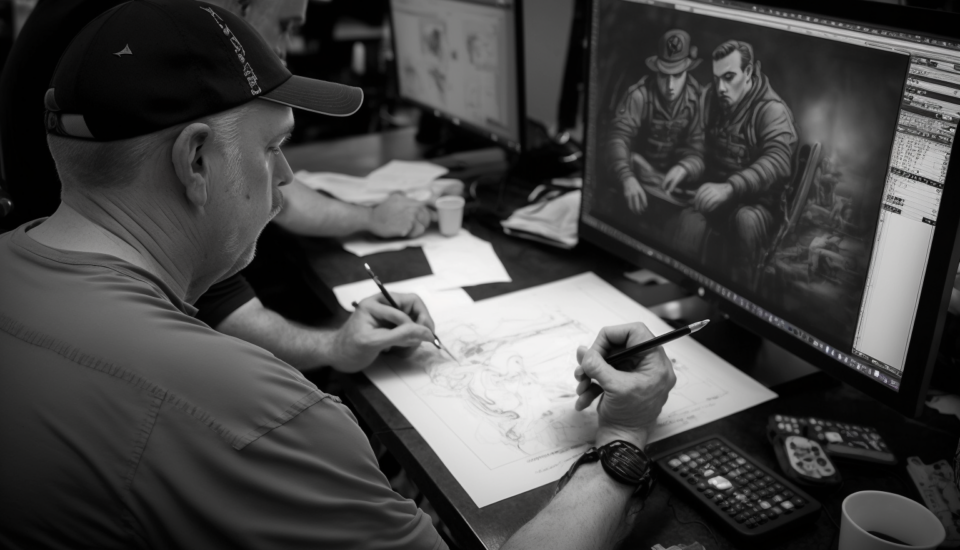
Web design is an ever-evolving field that is constantly being shaped and influenced by new technologies and trends. The future of web design is no different, and designers must stay up-to-date with the latest technologies and concepts to stay relevant and create cutting-edge websites. In this article, we will explore some of the emerging technologies and concepts that are shaping the future of web design.

Artificial Intelligence (AI)
Artificial intelligence (AI) is a technology that has the potential to revolutionize the web design industry. AI can be used to automate repetitive tasks, such as image optimization and code generation, and to create personalized user experiences. In the future, AI-powered web design tools may be able to generate entire websites based on a set of design guidelines and user data.
Virtual and Augmented Reality (VR/AR)

Virtual and augmented reality (VR/AR) technologies are also expected to play a major role in the future of web design. VR and AR can be used to create immersive, interactive experiences that are not possible with traditional web design. For example, designers could use VR to create virtual tours of a physical location, or AR to overlay digital content onto the real world.
Motion Design
Motion design, also known as animation, is becoming an increasingly important aspect of web design. Motion design can be used to create engaging, interactive experiences that grab the user’s attention. For example, designers can use animation to create a sense of depth and movement on a website, or to guide users through a process.
Micro-Interactions
Micro-interactions are small, subtle animations that provide feedback to users when they interact with a website. For example, when a user hovers over a button, the button may change color or grow slightly larger. Micro-interactions are an excellent way to improve user experience by providing visual cues and making the website more engaging.
Chatbots
Chatbots are a type of AI-powered software that can be used to automate customer service and support. They can be integrated into a website or mobile app to provide users with quick, accurate answers to their questions. In the future, chatbots may be able to handle more complex tasks, such as recommending products or services, or even completing purchases.
Progressive Web Applications (PWAs)

Progressive web applications (PWAs) are a type of web application that can be accessed through a web browser, but that also have some of the features and functionality of a native mobile app. PWAs can be installed on a user’s device, and they can be used offline. In the future, PWAs may become the preferred method of accessing web content, especially on mobile devices.
Conclusion
In conclusion, the future of web design is being shaped by emerging technologies and concepts such as artificial intelligence, virtual and augmented reality, motion design, micro-interactions, chatbots and progressive web applications. These technologies and concepts will allow designers to create more engaging, interactive, and personalized user experiences. In order to stay relevant and create cutting-edge websites, designers must stay up-to-date with the latest technologies and trends.




